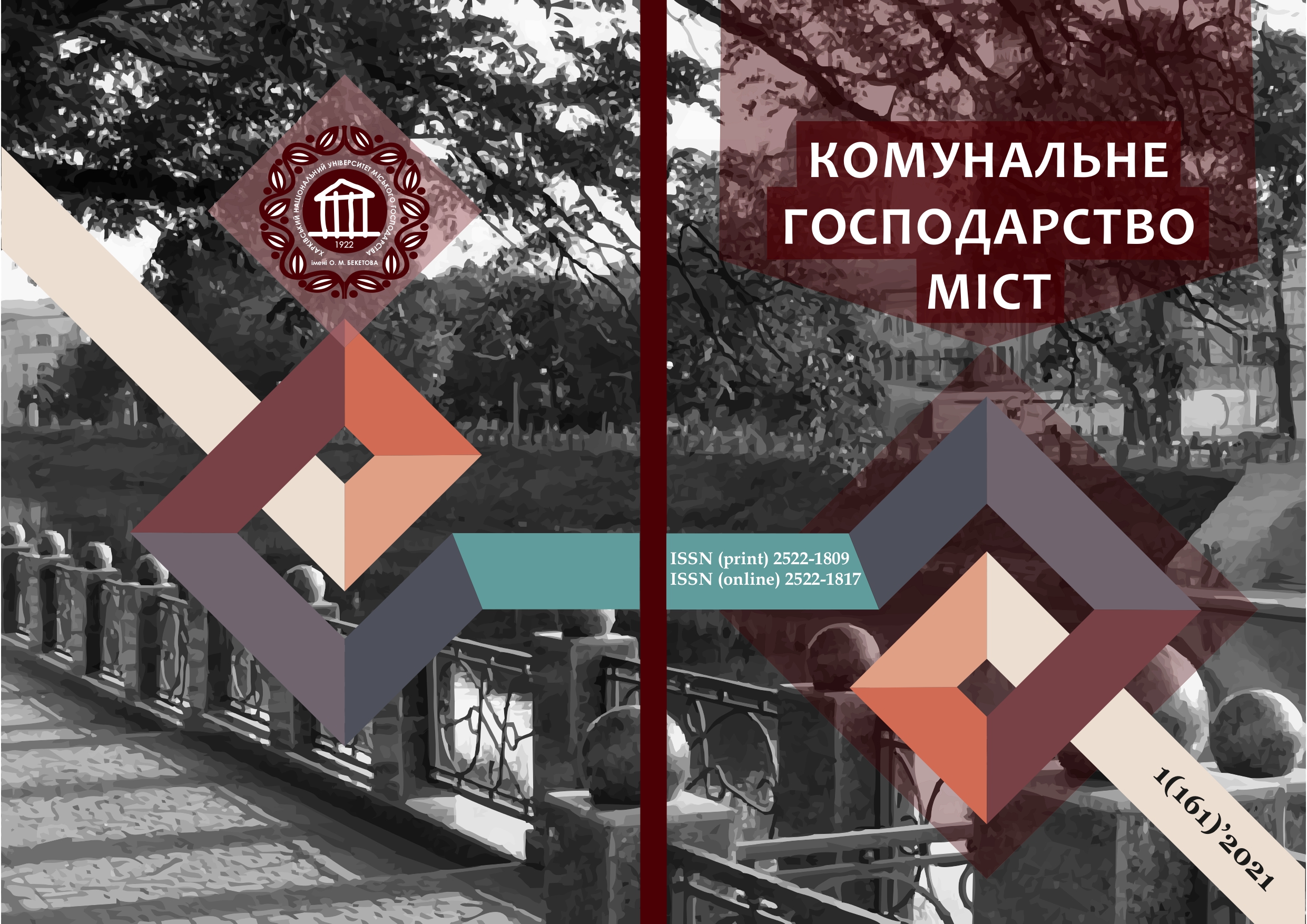IDENTIFICATION AND EVALUATION OF HARMONIC VOLTAGE SOURCES IN POWER SUPPLY SYSTEMS
Array
Keywords:
power quality, non-sinusoidal voltage; voltage distortion source, identification; influence assessment, point of common coupling.Abstract
Non-sinusoidal voltage in power supply systems leads to economic losses that need to be distributed and compensated. This problem is solved on the basis of the problem of identification and evaluation of the influence of voltage distortion sources. To date, existing methods for identifying and assessing the impact of harmonic voltage sources have significant limitations of practical implementation. This is due to their basic mathematical model and local approach to measuring the parameters of the network. In the given research the new mathematical model of identification and an estimation of harmonic voltage sources that is focused on the distributed measuring system is presented. The criterion for identifying harmonic voltage sources is the distorting nodal current. To adequately determine it, it is necessary not only to measure the parameters of the network mode in the base nodes by the currents of the higher harmonic components, but also to control the structure and parameters of the replacement circuit of the entire power supply system. To achieve this goal, it is proposed to use a distributed measuring system, which is based on vector measurement systems and control systems. The estimation of the influence of harmonic voltage sources is directly proportional to the distorting nodal current, where the coefficient of proportionality is either mutual or intrinsic resistance of power supply systems, that connects the location of the distortion source and the place for which its influence is estimated. In order to control the influence of measurement errors and determine the parameters of circuits for replacing elements of the power supply system, the method and algorithm for identifying and assessing the impact of harmonic voltage sources should be developed based on the principle of excluding one of the voltage distortion sources.
References
2. D. Chepmen. (2008). Tsena nizkogo kachestva elektroenergii. Energosberezhenie, 1. 66–69.
3. Baggini, A. Handbook of Power Quality // A Baggin. – West Sussex, England: John Wiley & Sons, 2008. – 642 р.
4. А. Spelko, B. Blazic, I. Papic, M. Pourarab, J. Meyer, X. Xu, S. Djokic. (2017). CIGRE/CIRED JWG C4.42: Overview of Common Methods for Assessment of Harmonic Contribution from Customer Installation. IEEE Manchester PowerTech 18-22 June 2017. 1-6.
5. P. Supriya, T. N. P. Nambiar. (2012). Review of Harmonic Source Identification Techniques. Int. Rev. Electr. Eng. 7(3). 4525–4531.
6. M. Bazina, T. Tomiša. (2014). Comparison of Various Methods for Determining Direction of Harmonic Distortion by Measuring in Point of Common Coupling. IEEE Int. Energy Conf 13-16 May 2014. 392–399.
7. D.M. Kalyuzhniy. (2020). IdentifIkatsIya parametrIv shem zamIschennya priEdnan elektrichnih merezh v zadachI rozpodIlu Yih faktichnih vneskIv. SvItlotehnIka ta elektroenergetika. 1(57). 33–38.
8. B.B. Kobets, I.O. Volkova. (2010). Innovatsionnoe razvitie elektroenergetiki na baze kontseptsii Smart Grid. IATs Energiya. 208 s.
9. A.G. Phadk, T. Bi. (2018). Phasor measurement units, WAMS, and their applications in protection and control of power systems. Journal of Modern Power Systems and Clean Energy. 6(4). 619–629.
10. Spravochnik. Sputnikovaya peredacha i rasprostranenie signalov vremeni i chastotyi. ITU, 2010. 242 s.
Downloads
Published
How to Cite
Issue
Section
License
The authors who publish in this collection agree with the following terms:
• The authors reserve the right to authorship of their work and give the magazine the right to first publish this work under the terms of license CC BY-NC-ND 4.0 (with the Designation of Authorship - Non-Commercial - Without Derivatives 4.0 International), which allows others to freely distribute the published work with a mandatory reference to the authors of the original work and the first publication of the work in this magazine.
• Authors have the right to make independent extra-exclusive work agreements in the form in which they were published by this magazine (for example, posting work in an electronic repository of an institution or publishing as part of a monograph), provided that the link to the first publication of the work in this journal is maintained. .
• Journal policy allows and encourages the publication of manuscripts on the Internet (for example, in institutions' repositories or on personal websites), both before the publication of this manuscript and during its editorial work, as it contributes to the emergence of productive scientific discussion and positively affects the efficiency and dynamics of the citation of the published work (see The Effect of Open Access).

